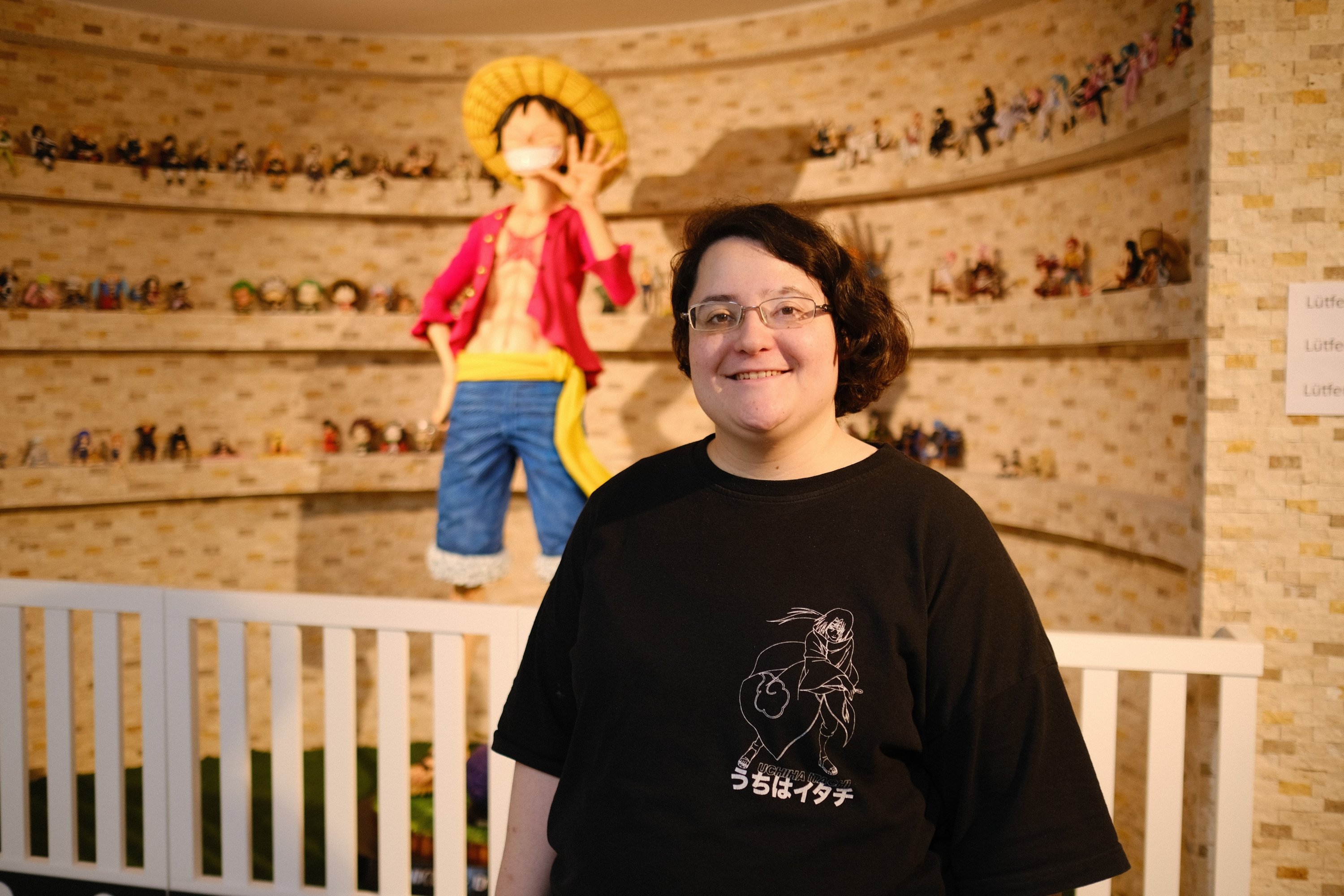© Turkuvaz Haberleşme ve Yayıncılık 2026
Ahsen Özakkaş, a psychotherapist, confronted a storage dilemma with her amassed 1,257 anime figures, prompting the establishment of Türkiye's first anime museum, showcasing figures valued at TL 6 million ($206,000) in Istanbul.
Her childhood fascination with animated series set the stage for Ahsen Özakkaş to inaugurate Türkiye's pioneering "Museum of an Otaku." The term "otaku" refers to someone who solely dedicates their life to anime-related pursuits. Özakkaş clarified that he used this term to express his passion for anime while maintaining his role as a psychotherapist. Over 16 years, he meticulously gathered figures, some of which are produced in limited quantities worldwide, significantly increasing the collection's value. It was revealed that while he completed some of the 1,257 figures within two years, others took longer. Particularly challenging was assembling the figure of Luffy, a sizable and lifelike anime character, which took four months to piece together.
Özakkaş, who simultaneously works as a psychotherapist and manages the museum, said: "If we look at the literal meaning of the word 'otaku,' it's actually used for anime addicts. In Japan, it's somewhat considered derogatory, defining someone who doesn't involve themselves in anything apart from anime. I specifically chose this term because a person can love anime and still be interested in other aspects of life. When I started my collection, I didn't initially intend to create a museum. Later, while in China, I saw museums dedicated to these figures. Then one day, I thought, 'Could I create a similar museum?' As I obtained rare pieces, they became my treasure. When my collection began to overflow my room, I decided it was time to establish a museum. Currently, I have 1,257 figures. Of course, with new figures arriving every month, the count is increasing. It took me around 16 years to complete this collection."

The most challenging piece to acquire took two years, and Özakkaş revealed: "The figure of 'Luffy,' standing at 178 centimeters (70 inches) tall, was the most challenging to collect. It took me two years to obtain it piece by piece via cargo shipments to Türkiye. I try to keep the museum open six days a week. I also pursue another profession alongside this. The museum is open to visitors from 12 p.m. to 7 p.m. I can't necessarily recommend collecting in therapy because families of children tend to be quite prejudiced about it. My goal here is to support the effort you put into something. It's not just about spending money and accumulating things. I support the happiness you derive from the effort you put in. As a therapist, having such a collection feels a bit odd to some."
